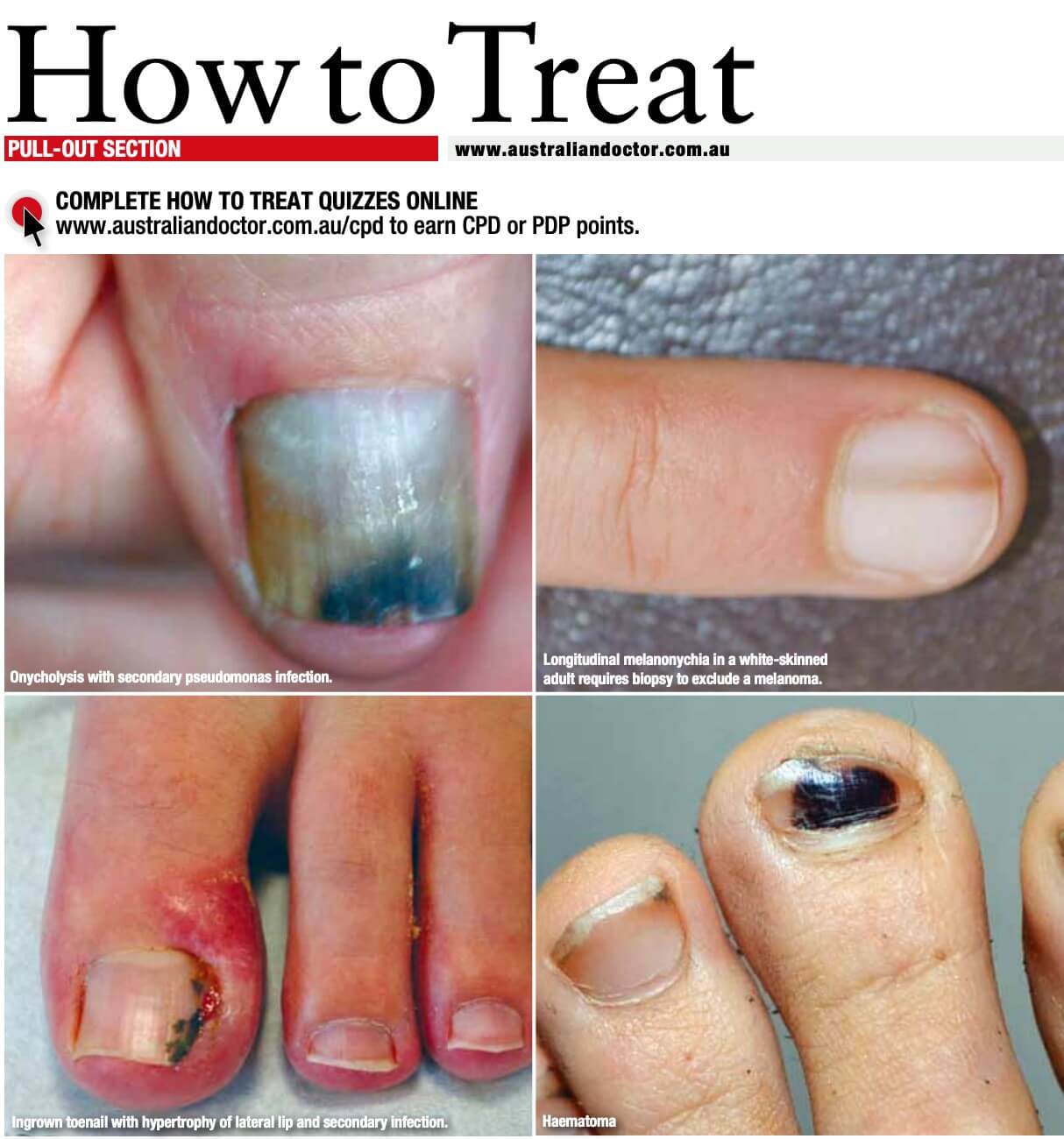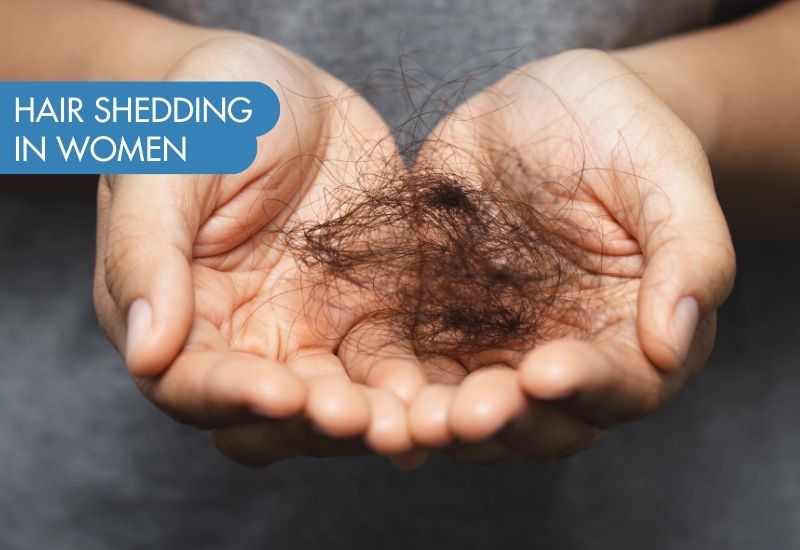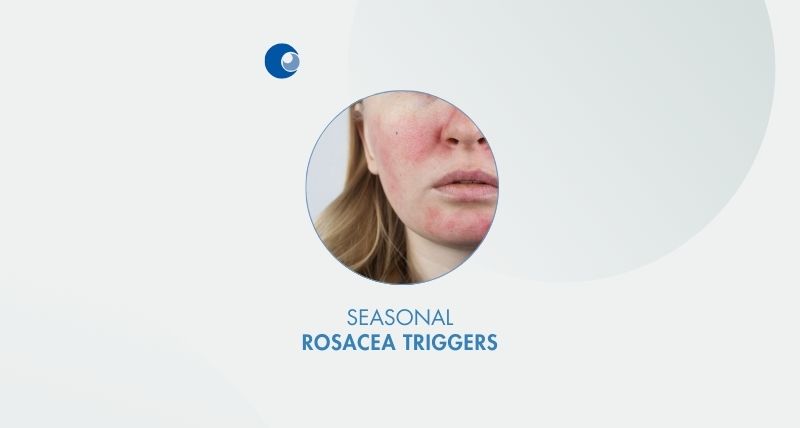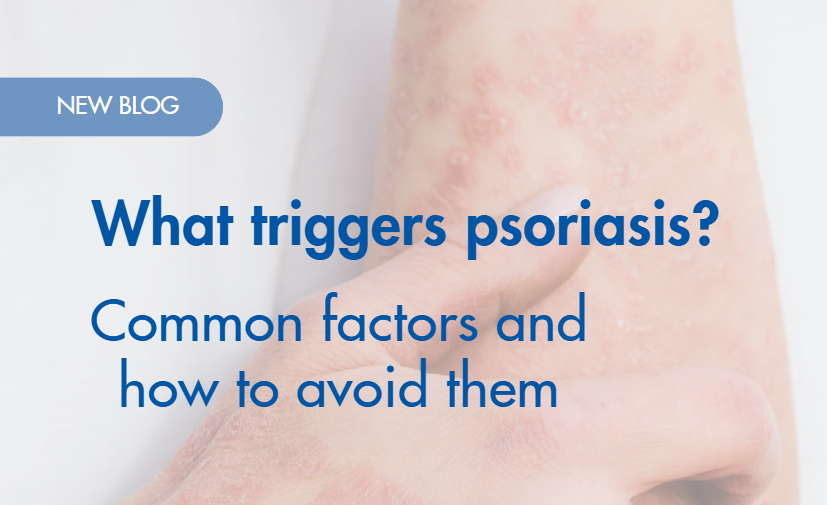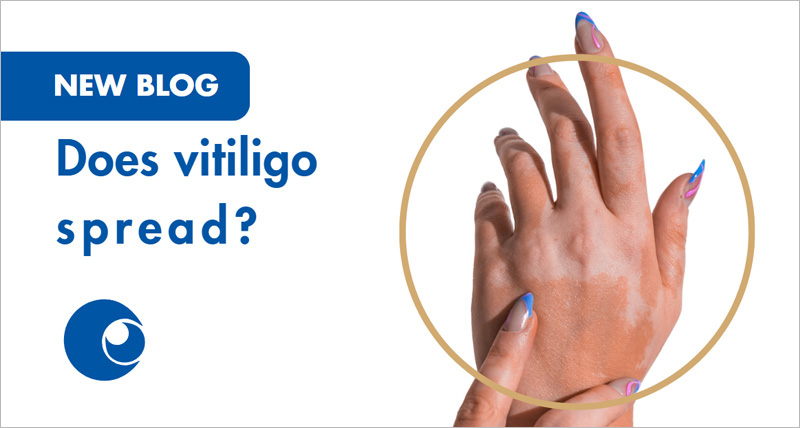The nail and the nail apparatus are important indicators of an individual’s health. They can signify both systemic and local disease, and are significant in a person’s appearance. Disease not only causes discomfort and impaired functionality, but severe psychological distress and social embarrassment. The ability to recognise nail pathology and manage appropriately are increasingly important in everyday practice. This article aims to cover common nail disorders and provide practical approaches to treatment.
Onycholysis
ONYCHOLYSIS refers to detachment of the nail plate from the nail bed. It usually starts at the distal free edge of the nail and progresses proximally.
The detached nail appears smooth and white-yellow because of air trapped in the subungual space. It is usually asymptomatic but causes cosmetic concern.
Onycholysis may be idiopathic, related to trauma, or owing to nail bed disorders. (see table 1). If all nails are involved, then a drug or systemic disease is likely and fingernails may be more likely affected than toenails.
Asymmetrical fingernail involvement is more suggestive of a local cause or cutaneous pathology, such as psoriasis (see figure 1). The two main causes of onycholysis of the toenail, usually the great toe, are infection and trauma. Trauma from footwear is often because of hyperextension of the great toe during the propulsive phase of gait and consequent repeated hitting of the nail on the undersurface of the shoe front. Infection with fungi can lead to onychomycosis, and secondary infection with pseudomonas can cause green-brown discolouration of the nail.
Click here to read more in the article published on 12 Aug 2016 by Dr Samantha Eisman.

